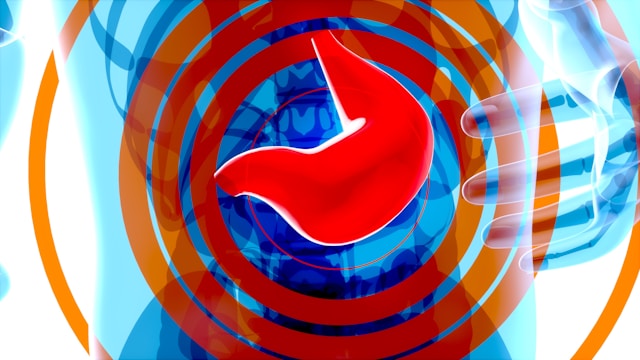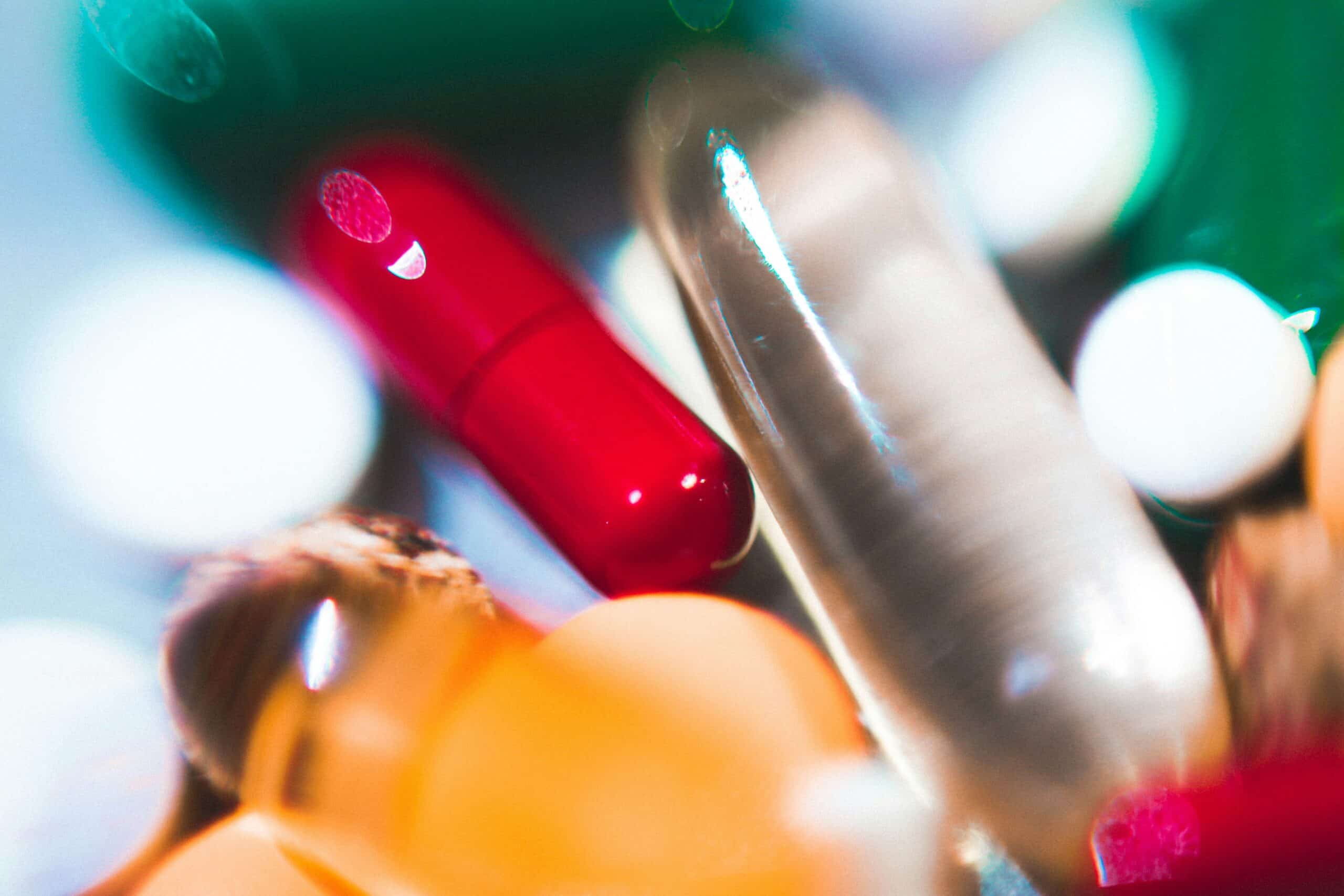What Are Variables Of Substance Abuse and Addiction?
“Dependent variables of addiction are characteristics or factors that increase a person’s likelihood of developing a substance use disorder. These factors are not controllable by the individual and increase the risk of developing certain behavioral health disorders.
Substance abuse is a pattern of compulsive drug use and dependency frequently accompanied by significant negative effects that can cause physical and emotional harm.
The Relationship Between Dependent Variables Of Addiction And Levels Of Addiction?
Addiction and addiction levels are etiologically complex syndromes strongly influenced by diverse risk factors (including genetic and social influences). These risk factors reflect a specific vulnerability to substance misuse and various environmental factors such as psychopathology and criminal behavior.
Adverse environmental effects on substance abuse are more prevalent in genetically predisposed people. Several studies have also found that sociodemographic factors are the most important predictors of substance abuse in people with substance use disorders.
Common Variables Of Addiction and Drug Abuse
Variables that influence the stages of drug abuse include:
- Hereditary factors: Studies show that genetic factors account for up to 60% of the risk for addiction development.
- Gender: Men are generally more likely than women to develop a substance use disorder. Men are also more likely to use substances to overcome social inhibitions and build relationships with others. Also, higher tolerance in men is a predisposing factor. Research shows that men are more likely than women to use almost all types of illicit drugs, with men having higher rates of substance use, abuse, and dependence. Still, women may more likely have substance cravings and relapses during treatment.
- Family: Having a parent or sibling with a substance use disorder, or growing up in a home with little or no parental involvement or supervision, can lead to drug abuse, especially in adolescents.
- Peer Influence<: Accessibility of a substance and community drug use patterns (e.g., individual usage of neighbors) generally increases an individual’s likelihood to use drugs.
- Clinical Variables: Numerous studies have demonstrated that drug abuse is common among those living with severe mental illnesses.
7 Levels of Addiction
Stage 1: Initiation
This stage of addiction is characterized by initial substance use. An individual at this point engages in substance use for the first time. The initiation stage is prevalent among teenagers and young adults but can happen at any stage of a person’s life and in any demographic.
Stage 2: Experimentation
The experimentation stage is defined by voluntary substance use without significant unfavourable social or legal repercussions. Many people occasionally use experimenting as a release or coping mechanism with no intention of continuing. However, it becomes a problem when it moves into the next stage: regular use.
Stage 3: Regular Usage
At this stage, substance use becomes a regular part of life, with dependency gradually developing. The usage pattern may be daily, before certain tasks, or as a reaction to various triggers. During this phase, guilt and shame may set in, but this doesn’t decrease substance use.
Stage 4: High-Risk Usage
Regular use and high-risk use are distinct from one another because high-risk use is characterized by continued substance use despite negative consequences. A hallmark of high-risk usage is the noticeable negative behavioral changes that occur as substance use becomes more frequent. Common negative behaviors include public intoxication, stealing or borrowing to fund substance use and neglecting essential responsibilities.
Stage 5: Dependence
>At this point, the body has grown tolerant of substance use and requires dangerously high doses to experience intoxication. At this stage, going without substance use for a certain amount of time induces withdrawal symptomssuch as sweating, stomach disturbances and tremors.
Stage 6: Addiction
After the development of addiction, individuals cannot voluntarily function without substance use, and addictive behaviour persists despite several harmful physical and interpersonal repercussions. At this stage, neurological changes occur in the brain, leading to high-level dependence, making it challenging to stop substance use.
Stage 7: Crisis/Treatment
This is usually the breaking point in the addictive cycle. At this stage, the addiction is at an all-time high with evident effects. Substance-induced overdoses are common at this stage if treatment is neglected.
The only proven way to disrupt the flow of addiction is through professional treatment backed by research proving its capacity to help. Several treatment methods (including medications and therapy) encourage the development of tools for breaking free from the cycle of addiction.
Most Common Addict Behavior
Irrespective of the individual, addiction may cause people to act out of character. Drug-seeking behavior induced by cravings and withdrawal symptoms and structural changes in the brain cause a series of negative behavioral traits.
Addictive behavior persists despite several harmful physical and interpersonal repercussions. Some common behavioral traits indicative of substance abuse problems include;
The following are some general indicators of substance use disorder:
-
- Personality and behavioral changes: lack of motivation, irritability, aggression and agitation.
- Outward signs of substance use such as needle marks, bloodshot eyes and frequent nosebleeds.
- Signs of intoxication: Shivering, unusual gait, tremors, or slurred speech
- A shift in daily routines.
- Reoccuring financial needs and poor spending habits.
The all-consuming nature of addictive drugs on the brain, combined with lowered inhibition and rational decision making, has been correlated with increases in crime. With the help of an accredited addiction treatment facility, patients can break free from the cycle of addiction to regain focus and passion for the things they once enjoyed. For example, a 2010 study in the United States revealed that 70% of male prisoners used drugs, and can be correlated with the prevalence of substance use in men’s social lives, particularly alcohol.
Signs Someone Is Displaying Addict Behavior
>Understanding the signs of addict behavior is essential to offering care as early as possible. Warning signs of addiction behavior can be physical, behavioral, and psychological. These include;
Physical Signs of Addict Behavior
- Slurred speech
- Poor physical coordination and appearance
- Bloodshot eyes
- Enlarged or small pupils
- Rapid weight loss or gain
- Unusual smells on breath and body.
Behavioral Signs of Addict Behavior
- Obsessive thoughts and actions
- Concealing substance use
- Disregard for harmful behavior
- Changes in personality
- Poor self-care
- Changes in friends and social activities.
Psychological Signs of Addict Behavior
- Persistent anxiety
- Inattentiveness
- Lack of motivation
- Irritability or outbursts of anger
- Sudden mood swings
- Unexplained paranoia.
Many times, addicts will violate others’ boundaries, values and morals to obtain drugs and release stress produced by the obsession of addiction. Addictive thinking patterns affect work, money and relationships
The following are signs a mental health disorder may cause a substance addiction disorder:
- A mental health disorder diagnosis.
- Exclusion from society.
- Using substances even in dangerous situations.
- Erratic behavior.
- The belief that substance use is required to function normally.
How To Determine If Dual Diagnosis Treatment Is Needed
When a substance use disorder and one or more co-occurring psychiatric disorders are present at the same time, this is referred to as having a dual diagnosis.
Tests that can be conducted to determine if treatment is needed for a dual diagnosis condition include:
- Alcohol Use Disorder Identification Test.
- Drug Use Disorder Identification Test.
- Structured Clinical Interview for DSM-V (SCID-5).
- Angst Hypomania Checklist.
- Alcoholism Screening Test.
What Stage Does Dual Diagnosis Treatment Begin and End During the Rehab Experience Process?
Treatment for dual diagnosis typically starts with the diagnosis and ends with the patient’s capacity to manage their mental state. An integrated strategy, in which the mental disorder and the substance abuse issue are treated concurrently, is the best treatment for co-occurring disorders.
Treatment for substance abuse may involve detoxification, the management of withdrawal symptoms, behavioral therapy, and the assistance of support group systems to help maintain sobriety. In contrast, treatment for mental health may involve medication, individual or group counseling, self-help techniques, and lifestyle changes.
How To Help Someone With Addictive Behavior
Some tips that may help individuals dealing with addictive behavior include:
- Practice relaxation exercises such as meditation, yoga, reading, physical exercise, or journaling to relieve stress.
- Explore healthy behavioral alternatives such as exercising and hobbies.
- Establish clear rules for your conduct in advance and abide by them.
- Avoid being isolated for prolonged periods.
- Get the Assistance You Need by seeking professional treatment.
Addictive thinking produces unhealthy behaviors that negatively impact relationships. Those close to the addict will begin to question their motives and thought processes behind decision making. Distrust of the person with SUD develops based upon behavioral history. This unhealthy pattern will breed isolation because as family and friends begin to recognize patterns, they will distance themselves to avoid being hurt. The person with addiction becomes alienated as a result and their behavior continues to push friends and family away. This increases the addict’s desire to seek and use drugs as a means of escape, reinforcing the isolation. Addiction is fueled by isolation and distrust from family members, employees, employers and friends.
Addictive thinking can cause denial, helping the addict feel justified in substance abuse and addiction patterns. The more the addict feels that he or she has a right to use drugs or alcohol, the stronger the addiction grows. When addictive thinking is present, the harmful consequences of using drugs or alcohol do not outweigh the euphoric effects produced. Addictive thinking needs to be addressed in a drug rehab center for substance abuse treatment as this behavior and thought patterns can still be present even after addiction treatment. One of the most effective therapeutic tools for changing these thinking patterns is Cognitive Behavioral Therapy or CBT. CBT helps people to become more aware of their emotions and responses to situations, providing them with the training and tools to cope with difficult situations more effectively.
How Does Addiction Affect People And Their Loved Ones?
Drug or alcohol addiction can have both immediate and long-term effects. Drug and alcohol abuse can strain relationships and negatively affect finances. Due to developing issues and behavioral changes, conflict with loved ones becomes routine, and trust begins to erode. Family members may become wary of a relative who uses illegal drugs if they exhibit aggressive behavior or hide their disorder in secrecy. Marriages may end due to changes brought on by addiction. These changes include; poor communication, poor financial decisions (excess spending on substance use), lack of intimacy, partner neglect and abuse. In certain cases, substance abuse may increase the likelihood of child and partner abuse. Also, children of parents or guardians with substance use disorders are more likely to develop a substance use problem.
Treatment Options to Stop Addiction
There are numerous strategies for managing and treating addiction and addict behavior thanks to medical advancements and developments in the behavioral healthcare sector. Treatments available to stop addictive behavior include:




